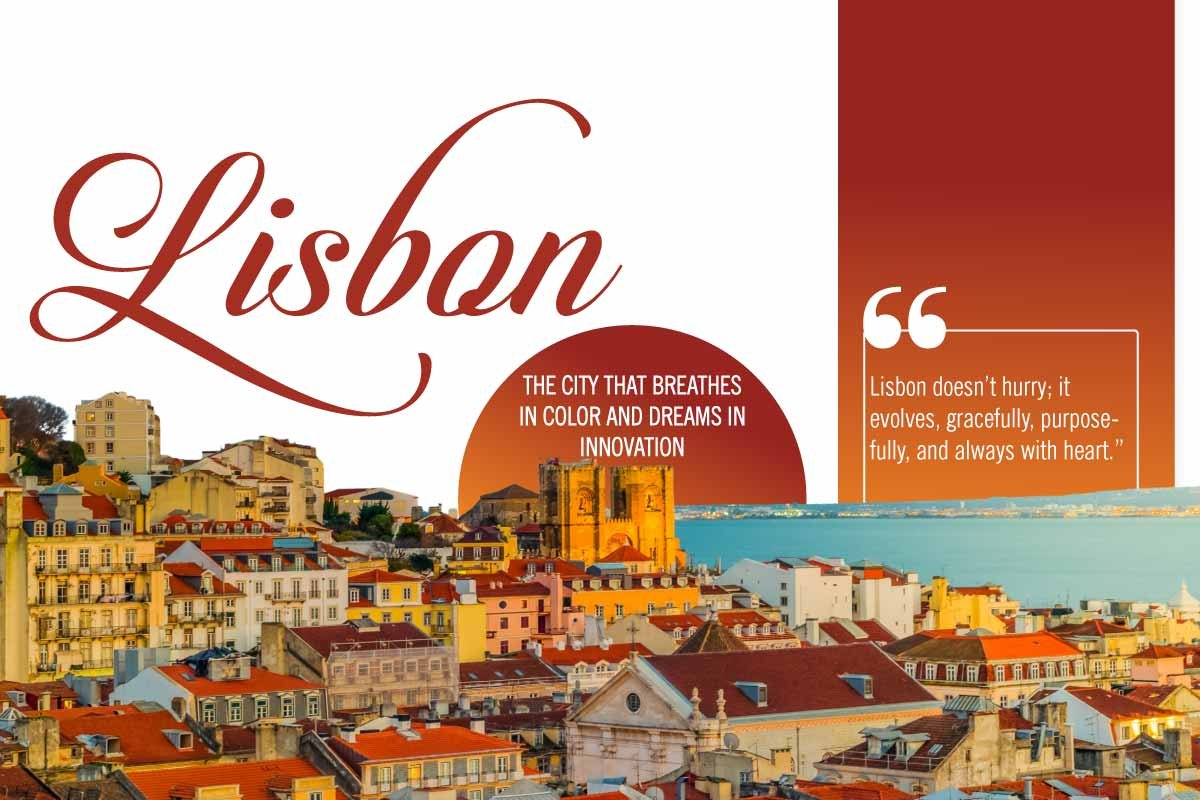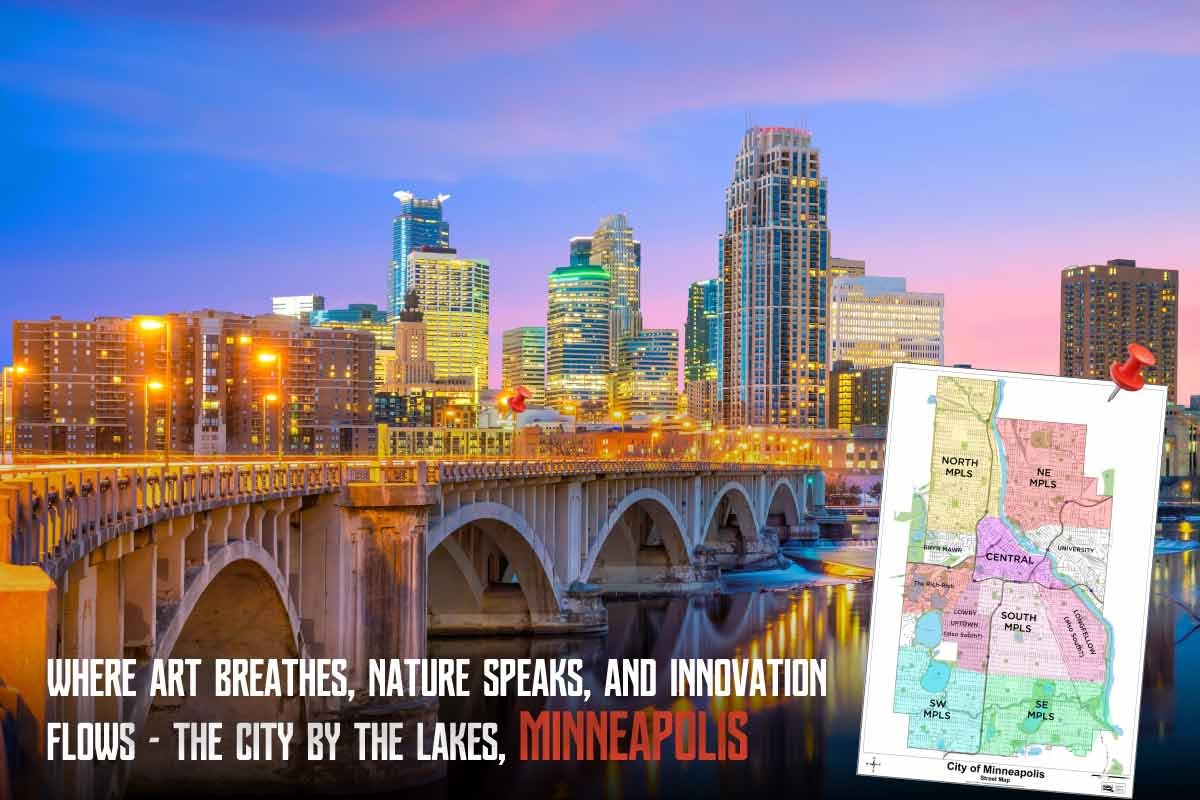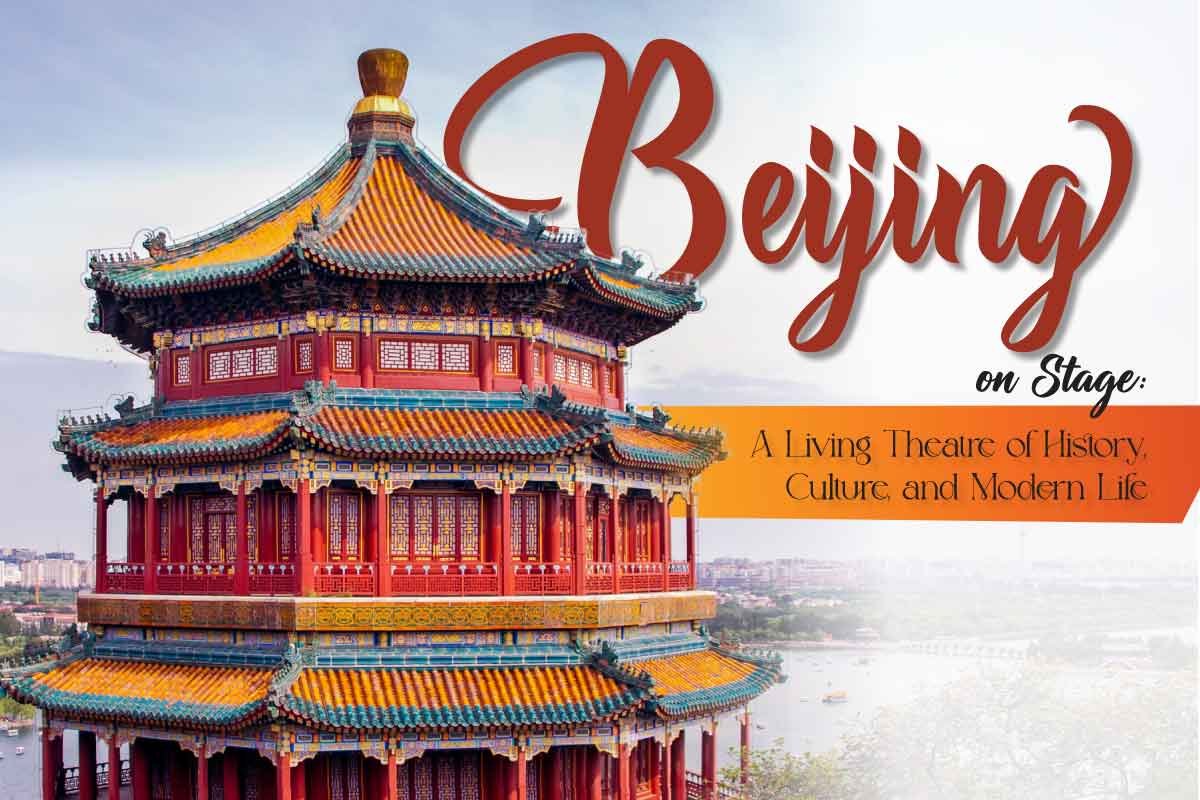Situated on the group of Islands of Lake Texcoco. Mexico City is the capital and largest city of Mexico, and the most populous city in North America. That’s why Mexico City a Megacity of Latin America. Mexico’s capital is both the oldest capital city in the Americas and one of two founded by indigenous people. One of the world’s alpha cities, it is situated in the Valley of Mexico within the high Mexican central highlands, at an elevation of 2,240 meters. The city has 16 megapolis or divided territorials, which are in turn divided into neighborhoods or colonies.
According to the most recent rationale agreed upon by the allied and state governments, the inhabitant’s count of Greater Mexico City is 21,804,515, which makes it the sixth-largest metropolitan area in the world. Therefore Mexico City a Megacity of Latin America and the World. Mexico City a Megacity of Latin America is the second-largest urban cluster in the Western Hemisphere and the largest Spanish-speaking city in the world. Greater Mexico City has a GDP of $411 billion in 2011, which makes it one of the most productive urban areas in the world.
The city was superintended for initiating 15.8% of Mexico’s GDP, and the metropolitan area accounted for about 22% of the country’s GDP. If it were an individualistic country in 2013, Mexico City would be the fifth-largest economy in Latin America. The factors included in the growth of Mexico City is almost the tourism and education sectors rising day by day. In addition, according to the Secretariat of Tourism, the city has about 170 museums is among the top ten of cities in the world with the highest number of museums over 100 art galleries, and some 30 concert halls, all of which maintain a constant cultural activity during the whole year. Many areas have murals painted by Diego Rivera.
Geographical aspects of Mexico City
Mexico City a Megacity of Latin America is situated in the Valley of Mexico, also, sometimes called as the Basin of Mexico. This valley is situated in the Trans-Mexican Volcanic Belt in the high uplands of south-central Mexico.
Mexico City has minimum altitude of 2,200 meters above sea level and is enclosed by mountains and volcanoes that reach altitude of over 5,000 meters. As the valley has no natural sewerage outlet for the waters that flow from the mountainsides, it makes the city exposed to flooding and other natural calamities. Drainage was manipulated through the use of canals and tunnels starting in the 17th century.
Here are details on how to obtain Mexican residency, US citizens must first apply for a temporary resident visa at a Mexican consulate in their home country, providing proof of income or financial stability. Once in Mexico, they need to exchange the visa for a temporary resident card at an immigration office within 30 days of arrival. After maintaining temporary residency for four years, they can then apply for permanent residency, which grants the right to live and work in Mexico indefinitely.

As Mexico City predominantly rests on Lake Texcoco. Earthshattering activity is incessant there. since the 17th century Lake Texcoco started evacuating. Even though if the lake waters don’t remain the city stands on the heavily saturated clay of the lake’s bed. Over-extraction of the groundwater results in the disintegration of the soft base generally referred to as Groundwater Related Subsidence.
Although, the city has started sinking almost nine meters of some areas is sunk since the inception of the 20th century. According to records, Mexico City sinks 20 inches or 50 cm every year. This plunge is resulting in problems with runoff and wastewater management, leading to flooding problems and several natural calamities, mostly during the summer. The entire lake bed is now paved over and most of the city’s remaining forested areas lie in the southern metropolis of Milpa Alta, Tlalpan, and Xochimilco.
Etymology of Mexico City
The ancient residues of human inhabitants found in the areas of Mexico City are those of Pennon women and remaining found in San Bartolo Atepehuacan. Firstly, it was believed that the findings keep correspondence to the early age of before the common era. However, a study in 2013 states that the age of pennon women was 12,700 years old.
Hence, resulted in the oldest human residue discovered in the Americas. Study regarding her mitochondrial DNA it believed that she comes either from Asian, European, or Aboriginal Australian origin.
The city had been the capital of the Aztec Empire. In the dominion era, Mexico City became the capital of New Spain. The viceroy of Mexico or vice-king lived in the viceregal palace on the main square or Zocalo. The Mexico City Metropolitan Cathedral, the seat of the Archpriest of New Spain, was on another side of the Zocalo, as was the archbishop’s palace, and beyond it the building housing the city council of the city.
A late seventeenth-century painting of the Zocalo by Cristóbal de Villalpando depicts the main square, which had been the old Aztec official center. The subsisting central place of the Aztecs was productively and permanently transformed to the official center and seat of power during the colonial period and remains to this day in modern Mexico, the central place of the nation. The reconstruction of the metropolis after the blockade of Tenochtitlan was skilled by the ample indigenous labor in the encircling area.
Mexico City was the center stage of all the political disputes of the country during the 19th century. Events such as the Mexican–American War, French Interference and the Reform War left the city relatively unaltered and it continued to grow, mainly during the rule of President Porfirio Díaz. During this time the city enlarged a modern infrastructure, such as roads, schools, transportation systems and communication systems. However, the authorities focused resources and wealth into the metropolis while the rest of the country deteriorate in poverty.
The history of the rest of the 20th century to the present concentrated on the extraordinary growth of the metropolis and its environmental and political effects. In 1900, the inhabitants count of Mexico City was about 500,000. The city began to grow vigorously westward in the early part of the 20th century and then began to grow upwards in the 1950s, with the Torre Latino Americana becoming the city’s first skyscraper.
The rapid growth of Mexico City as a center for modernist infrastructure was most fully demonstrated in the mid-1950s construction of the Ciudad Universitaria, Mexico City a Megacity of Latin America, the main campus of the National Autonomous University of Mexico. Designed by the most reputable architects of the era, including Mario Pani, Eugenio Peschard, and Enrique del Moral, the buildings feature canvas by artists Diego Rivera, David Alfaro Siqueiros, and Jose Chavez Morado. It has since been recognized as a UNESCO World Heritage Site.
Traveling through the culture & tourists points from the Mexico City

Being the capital of a gigantic pre-Hispanic empire, and also the capital of prosperous viceroyalty within the Spanish Empire. Mexico City has a rich history of artistic expression. Since the Mesoamerican pre-Classical period the population of the settlements around Lake Texcoco generate many works of art and compound craftsmanship, some of which are today exhibited at the world-famous National Museum of Anthropology and the Templo Mayor museum.
While many pieces of pottery and stone engraving have survived, the great majority of the Amerindian iconography was devastated during the defeat of the Aztec Empire.
During the 19th century, an important creator of art was the Academia de San Carlos (San Carlos Art Academy), established during colonial times, and which later became the Escuela Nacional de Artes Plasticas (the National School of Arts) including painting, sculpture and graphic design, one of UNAM’s art schools.
Many of the works created by the students and faculty of that time are now exhibited in the Museo Nacional de San Carlos. During the 20th century, many artists moved to Mexico City from various regions of Mexico, such as Leopoldo Méndez, an sculptor from Veracruz, who supported the creation of the socialist Taller de la Grafica Popular, designed to help blue-collar workers find a distinct address to express their art.
Other painters came from abroad, such as Catalan painter Remedios Varo and other Spanish and Jewish exiles. It was in the second half of the 20th century that the artistic movement began to meander apart from the Revolutionary theme.
Museums
Being oldest ancient city and rich in artistic aspects Mexico City a Megacity of Latin America owns numerous museums portraying various arts and art styles. The museums demonstrate various art including the Mexican colonial art, modern and contemporary art and international art. The Museo Tamayo was inaugurated in the mid-1980s to preserve the collection of international contemporary art donated by Mexican painter Rufino Tamayo.
The collection includes pieces by Picasso, Klee, Kandinsky, Warhol and many others, though most of the collection is preserved while visiting exhibits are shown. The Museo de Arte Moderno is a warehouse of Mexican artists from the 20th century, including Rivera, Orozco, Siqueiros, Kahlo, Gerzso, Carrington, Tamayo, and also consistently hosts temporary exhibits of international modern art. In southern Mexico City a Megacity of Latin America, the Carrillo Gil Museum showcases avant-garde artists, as does the Museo Universitario Arte Contemporaneo, designed by Mexican architect Teodoro González de León, opened in late 2008.
The Museo Soumaya, named after the wife of Mexican tycoon Carlos Slim, has a huge private collection of original Rodin sculptures outside of France. It also has a great collection of Dalí sculptures and recently began displaying pieces in its masters collection including El Greco, Velazquez, Picasso, and Canaletto. The museum inaugurated a new futuristic-design facility in 2011 just north of Polanco, while maintaining a smaller facility in Plaza Loreto in southern Mexico City.
The Memory and Tolerance Museum, which opened in 2011, displays historical events of inequity and massacre. Permanent antiquities include those on the Holocaust and other large-scale atrocities. It is also native for temporary exhibits.
Most of Mexico City’s museums can be explored from Tuesday to Sunday from 10am to 5pm, although some of them have expanded schedules, such as the Museum of Sociology and History, which is open to 7pm. In addition to this, entrance to most museums are free on Sunday. In some cases, a nominal fee may be charged.
Mexico City a Megacity of Latin America is Mexico’s prime city for the printed media and book publishing industries. many daily newspapers are published, including El Universal, Excélsior, Reforma and La Jornada.
Other major papers include Milenio, Crónica, El Economista and El Financiero. Leading magazines include Expansión, Proceso, Poder, as well as dozens of entertainment publications such as Vanidades, Quién, Chilango, TV Notas, and local editions of Vogue, GQ, and Architectural Digest. It is also a leading center of the advertising industry.
The city is also a major center of popular culture and music. There are abundant of venues presenting Spanish and foreign-language artists. These counting the 10,000-seat National Auditorium that consistently organizes Spanish and English-language pop and rock artists, as well as many of the world’s famous performing arts groups. the auditorium also beam grand opera show from New York’s Metropolitan Opera on giant, high definition screens.
In 2007 National Auditorium was designated world’s best venue by multiple genre media. Some other sites for pop-artist performances include the 3,000-seat Teatro Metropolitan, the 15,000-seat Palacio de los Deportes, and the larger 50,000-seat Foro Sol Stadium, where popular international artists perform consistently.

The Cirque du Soleil has held several seasons at the Carpa Santa Fe, in the Santa Fe district in the western part of the city. There are enormous venues for smaller musical ensembles and solo performers. These include the Hard Rock Live, Bataclán, Foro Scotiabank, Lunario, Circo Volador and Voilá Acoustique.
Tasty Cuisine of Mexico City

Once taken in grant inferior fare, by the 19th-century tacos had become a standard of Mexico City’s cuisine. subsequently, as authorities struggled to tax local cheese breads, imposing authorizing conditions and fines, as per records, some detailed types of foods were being served by the foundations. The most persistent reference was for tacos de barbacoa.
Also penned are enchiladas, tacos de minero and gorditas, along with oyster shops and fried fish stands. There is confirmation of some local specialties being made available for current migrants; at least two shops were renowed to serve pozole, a type of stew similar to hominy that is a chief of Guadalajara, Jalisco.
Mexico City a Megacity of Latin America is also known for having some of the freshest fish and seafood in Mexico’s interior. After the Tsukiji fiesh market in Japan, Nueva Viga market from Mexico city known as the second largest fish market in the wrold.
Mexico City a Megacity of Latin America offers several cuisines: restaurants practicing in the local cuisines of Mexico’s 31 states are available in the metropolis, and the city also has many branches of internationally acknowledged restaurants. These inclusively consists Paris’ Au Pied de Cochon and Brasserie Lipp, Philippe; Nobu, Quintonil, Morimoto; Pámpano, owned by Mexican-based opera artist Plácido Domingo.
There are branches of Japanese restaurant Suntory, and Italian restaurant Alfredo, as well as New York steakhouses Morton’s and The Palm, and Monte Carlo’s BeefBar. Three of Lima’s Haute restaurants, serving Peruvian cuisine, have various locations in Mexico City: La Mar, Segundo Muelle, and Astrid y Gastón.
According to the 2019 records of The World’s Best 50 Restaurants by the British Magzine, Restaurant Mexico City ranked 12th in the list with best Mexican avant-garde restaurants Pujol. Also remarkable is the Basque-Mexican fusion restaurant Biko, which placed outside the list at 59th, but in previous years has ranked within the top 50. Other that has been placed on the list in 2019 is the restaurant Sud 777 at 58th place. At the other end of the scale are working-class pulque bars known as pulquerías, an adventure for travelers to locate and experience.

Economic growth of Mexico City
Mexico City is one of the major economic hubs in Latin America. That’s why Mexico City a Megacity of Latin America. 15.8% of the country’s gross domestic product is produced by Mexico City. In 2002, Mexico City had a Human Development Index score of 0.915, similar to that of South Korea. In 2007, inhabitants in the top 12% of GDP per capita holders in the city had a mean net income of US$98,517.
The high spending power of Mexico City residents makes the city captivating for companies offering standard and lavish goods. As per the 2009 study held by PwC, Mexico City had a GDP of $390 billion, ranking it as the eighth richest city in the world and the richest in Latin America.
Mexico City a Megacity of Latin America is native for many large-scale bank headquarters, insurance companies as well as various finance consulting firms. Due to the bounded non-developed space at the south, most of which is secured through environmental laws the contribution of Mexico City in agriculture is the comparatively smallest of all authorities in the nation.
Mexico City a Megacity of Latin America offers an huge and variety of consumer retail market, varied from basic foods to ultra high-end lavish goods. Costumors buy’s goods from variety of indoor markets, street vendors, downtown shops, etc.Street vendors usually setup their stalls in non-official areas like near metro stations, hospitals, etc.
The Historic Center of Mexico City is widely known for exclusive, often low-cost retailers. Certain blocks or streets are alloted to shops selling a certain type of merchandise, with areas alloted to over 40 categories such as home appliances, lamps and electricals, closets and bathrooms, housewares, wedding dresses, jukeboxes, printing, office furniture and safes, books, photography, jewelry, and opticians.
Sports & Education of Mexico City a Megacity of Latin America
Sports
The country’s most popular and broadcasted game is counted till date is football. Its important emplacements in Mexico City include the Azteca Stadium, native to the Mexico national football team and giants América, which can accomodate 91,653 fans, making it the largest stadium in Latin America.
The Olympic Stadium in Ciudad Universitaria is an adobe to the football club giants Universidad Nacional, with a seating capacity of over 52,000. The Estadio Azul, which accommodates 33,042 fans, is near the World Trade Center Mexico City in the Nochebuena neighborhood and is native to the giants Cruz Azul.
Another sport professionally played in the city is Baseball. Mexico City is a native of the Mexico City Red Devils of the Mexican League, which is contemplated a Triple-A league by Major League Baseball. Various sports provisions in Mexico City are the Palacio de los Deportes indoor arena, Francisco Márquez Olympic Swimming Pool, the Hipódromo de Las Américas, the Agustin Melgar Olympic Velodrome, and locations for equestrianism and horse racing, ice hockey, rugby, American-style football, baseball, and basketball.
Education
Unlike those of Mexican states’ schools, curricula of Mexico City’s public schools is managed by the federal Secretary of Public Education. The whole funding is allocated by the government of Mexico City (in some specific cases, such as El Colegio de México, funding comes from both the city’s government and other public and private national and international entities).
The National Autonomous University of Mexico (UNAM), situated in Mexico City, is the largest university on the continent, with more than 300,000 students from all backgrounds. Three Noble immortals, diverse Mexican entrepreneurs and most of Mexico’s modern-day presidents are among its former students. UNAM conducts half of Mexico’s scientific research and has presence all across the country with satellite campuses, observatories and research centers.


















